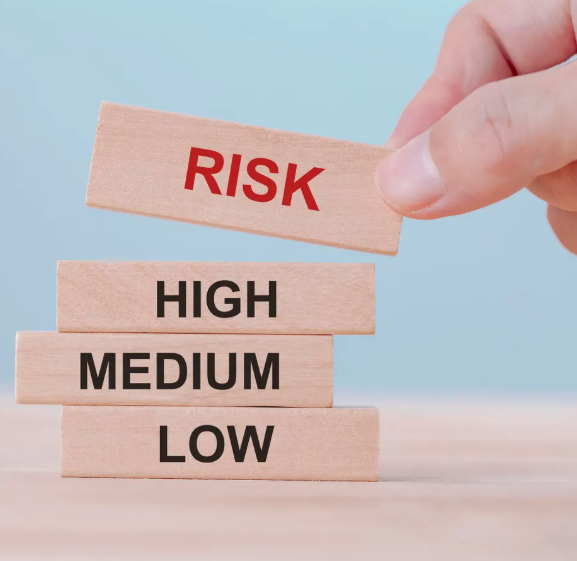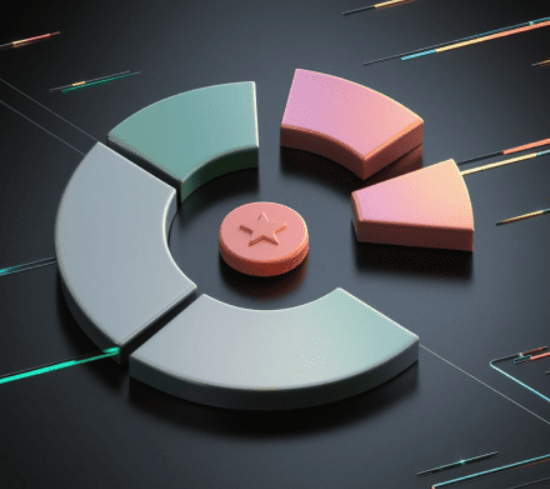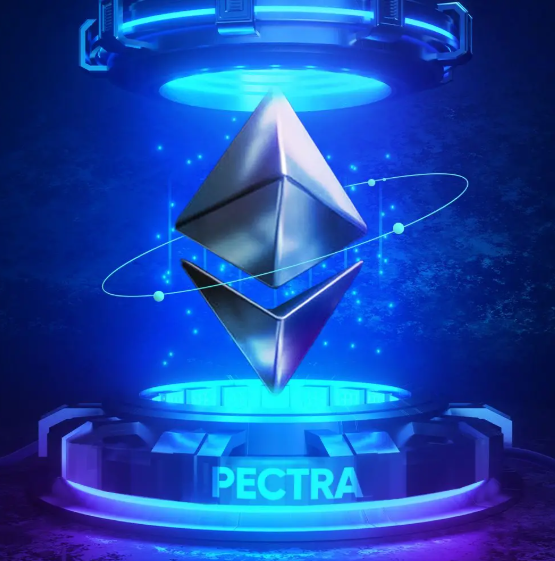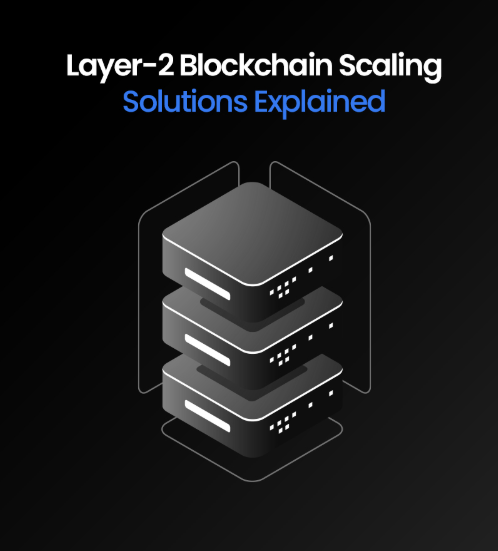
The introduction of the Markets in Crypto-Assets (MiCA) regulation marks a significant milestone in the regulation of cryptocurrency within the European Union. As the world’s most comprehensive legal framework for digital assets, MiCA aims to provide clarity, protect investors, and foster innovation across the EU. Fully implemented by December 2024, MiCA replaces the previous fragmented regulatory system with standardized rules applicable to all 27 EU member states.
The Genesis and Purpose of MiCA
MiCA was conceived in 2018 due to growing public interest in cryptocurrencies, as Europe saw over 31 million crypto users by 2024. The need for a clear regulatory framework was evident, prompting the European Union to pass MiCA in 2022. It was officially adopted as part of a broader digital finance package aimed at reshaping the European economy.
The MiCA framework provides legal certainty for crypto-assets, security tokens, and stablecoins, akin to the Markets in Financial Instruments Directive (MiFID) for traditional financial instruments. It covers a wide spectrum of crypto market participants, including issuers, trading platforms, exchanges, and custodians. Importantly, MiCA allows traditional financial institutions to engage in the crypto market, provided they have proper authorization under MiFID I.
Key Phases of Implementation
MiCA was rolled out in two phases:
- Phase 1 (June 30, 2024): Regulations on asset-referenced tokens (ARTs) and e-money tokens (EMTs) took effect.
- Phase 2 (December 30, 2024): Provisions covering other crypto-assets and crypto-asset service providers (CASPs) came into force.
Core Aspects of MiCA’s Regulatory Framework
1. Crypto-Asset Classification
MiCA defines crypto-assets as “digital representations of value or rights that can be electronically transferred and stored using distributed ledger technology or similar technology.” It classifies them into three main categories:
- E-money tokens (EMTs): These are stablecoins that maintain their value by referencing one official currency, like Tether (USDT) or EURC (Circle).
- Asset-referenced tokens (ARTs): Tokens that reference multiple currencies, commodities, or other assets to maintain value stability.
- Other crypto-assets: These include cryptocurrencies like Bitcoin and Ethereum that don’t fall into the first two categories.
MiCA does not cover crypto-assets that qualify as financial instruments, deposits, funds, securitization positions, or insurance products, as these are already regulated under EU financial law.
2. Licensing and Operational Standards
A key feature of MiCA is the introduction of a “passportable” license, allowing crypto-asset service providers to operate across all EU member states with a single authorization from any member state’s regulatory authority. This simplifies cross-border operations compared to the previous system of country-specific regulations.
To obtain this authorization, crypto service providers must meet specific requirements:
- Establish a registered office within the EU with at least one EU-based director
- Implement strong Anti-Money Laundering (AML) systems, data security, and business continuity measures
- Safeguard customer assets and ensure they are kept separate from company assets
- Regularly review security policies and procedures
- Act with integrity, fairness, and professionalism towards clients
3. Consumer Protection Provisions
MiCA emphasizes consumer protection through transparency and clarity. Key requirements include:
- Clear, fair, and transparent communication with clients
- Prohibition of misleading marketing materials about the benefits and risks of crypto-assets
- Disclosure of pricing, costs, and fees on service providers’ websites
- Information on the environmental impact of crypto-assets
- Issuers must publish detailed white papers outlining the project’s technology, risks, and other relevant information
4. AML Compliance and the Travel Rule
MiCA aligns with the EU’s Transfer of Funds Regulation and implements the “Travel Rule,” which requires crypto-asset service providers to include specific sender and receiver information with each crypto transfer. This rule aims to improve traceability and combat illicit activities like money laundering and terrorist financing.
MiCA goes further than the Financial Action Task Force (FATF) guidelines, mandating Travel Rule compliance for all crypto transfers, regardless of the amount, whereas FATF only applies it to transfers over €1,000.
The Impact of MiCA on the Crypto Industry
Market Changes and Consolidation
MiCA’s stringent compliance requirements are expected to significantly reshape the European crypto market, particularly affecting smaller businesses in regions like Eastern Europe. Smaller players may struggle to meet these requirements, leading to increased consolidation in the industry. This could result in mergers and acquisitions, reducing market fragmentation.
While market consolidation may foster investor confidence by ensuring only compliant entities remain, it could also stifle innovation. Smaller firms are often the ones driving creativity in the market, and their potential exit could limit the diversity of solutions available.
Encouraging Innovation and Global Influence
Despite the challenges posed by compliance, MiCA also creates opportunities for innovation. Its regulatory clarity offers businesses a well-defined framework within which they can operate, potentially encouraging traditional financial institutions to enter the crypto space.
MiCA’s regulatory model could also set a global standard. As the EU represents one of the largest markets with over 450 million relatively affluent consumers, MiCA’s influence will likely shape how other regions regulate digital assets. Many global companies may adopt MiCA’s standards to ensure streamlined international operations, effectively making it a global benchmark.
Conclusion
The MiCA regulation is a game-changer for digital asset governance, providing a comprehensive legal framework for the crypto industry. By promoting transparency, ensuring consumer protection, and fostering innovation, MiCA addresses the challenges that have hindered the crypto market’s growth.
While compliance challenges exist, particularly for smaller businesses, MiCA creates significant opportunities for those willing to adapt. The passporting system streamlines cross-border operations, and the increased trust in regulated entities will likely attract institutional investors to the space.
As more crypto businesses secure MiCA licenses and operate under the new framework, we will see how the regulation influences the market structure and global approaches to crypto regulation. One thing is clear: MiCA has reshaped the European digital asset landscape and set the stage for a new era of crypto governance.













































